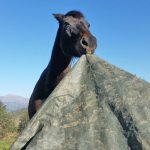 Yesterday I discovered a post in the Horses and Humans group on Facebook which seemed to claim that horses need human training. Clearly this was stated from the perspective of a human. It led me to consider the numerous occasions on which I have discussed horse training with other humans. The vast majority have insisted that training is absolutely necessary if we want meaningful communication with a horse and utterly essential if we want to take care of our equine friends. This I cannot reconcile with my own experience of dealings with our own and other horses, many of whom were strangers, if not hostile, when we first met. So I wonder. Are we humans not trying to hide behind training. And if so, is there an alternative?
Yesterday I discovered a post in the Horses and Humans group on Facebook which seemed to claim that horses need human training. Clearly this was stated from the perspective of a human. It led me to consider the numerous occasions on which I have discussed horse training with other humans. The vast majority have insisted that training is absolutely necessary if we want meaningful communication with a horse and utterly essential if we want to take care of our equine friends. This I cannot reconcile with my own experience of dealings with our own and other horses, many of whom were strangers, if not hostile, when we first met. So I wonder. Are we humans not trying to hide behind training. And if so, is there an alternative?
Training
At the outset let me make two things clear. First of all, when I refer to ‘training’ I mean the conscious training of a horse by a human. I am not referring to learning on the part of a horse. They are two different activities. Horse training is an activity of the human and may or may not be effective to varying degrees. Learning is something which the horse does and, as such, the horse is the author of their own learning. In fact, a horse may often learn something very different from what a human is trying to teach them.
Secondly, I do not deny the potential importance or relevance of training. For instance, I have seen training (positive reinforcement) used to great effect to help a semi-feral horse accept health and hoof care, while creating the conditions for the development of a trusting relationship between horse and human outside the training paradigm.
Contact, communication and connection
Here are three implied hypotheses which may elicit a lively discussion while sharing a meal together.
Does your horse notice you when you enter their field of awareness? Does this happen in the absence of training? If so, you have authentic contact with your horse, don’t you? Should it only be possible for you to make contact with your horse through training, can you really claim that the contact between the two of you is spontaneous and hence authentic?
Without contact we can have no communication with a horse. Are you and your horse capable of communicating spontaneously with each other in the absence of training? If so, your communication with each other is authentic, isn’t it? Should it only be possible for you to communicate with your horse through training, can you really claim that the communication between the two of you is spontaneous and hence authentic?
Without contact and communication we can have no connection with a horse. Are you and your horse capable of connecting spontaneously with each other in the absence of training? If so, your connection with each other is authentic, isn’t it? Should it only be possible for you to connect with your horse through training, can you really claim that the connection between the two of you is spontaneous and hence authentic?
The car, the gate, the horse and the human
Looking back over the past year I have recorded a number of special experiences with our mares which have not in any way involved or depended on conscious training on my part. I would like to share them with you by way of illustration of some of the questions that I have raised. Here is the first of them. Be aware though, the last of them is the one that really took my breath away.
Yesterday when I returned to the farm after shopping for supplies for ourselves and our guests, I spied our mare, Anaïs, searching for fruit about 10 metres from the gate, which I was about to open in order to drive the car through. “I bet she is going to come my way,” I thought and so she did.
Anaïs sniffed my hands while I unlocked the gate. I stroked her muzzle while suggesting that she might want to wander off while I opened the gate, entered with the car and then shut it behind me. So she lifted her head, looked at me, promptly turned around and walked off about 20 metres before lowering her head to resume her search. A couple of years ago I would have been astounded. Now I just smiled.
After driving the car inside and shutting the gate, I turned to Anaïs and chuckled. “Thank you, love,” I said as she raised her head to look at me. “You can come back now if you want.” So she did and I gave her a scratch.
The hay rake
Last week two things happened which caused me to ask the question, “Desensitisation, trust or something else?”.
First there was the hay rake. If you have a look at the first image of the mares in their walk-in, walk-out stables, try and imagine a third stable just to the left. That is where I was one morning. The mares had just started to munch on their hay, which I had placed in the stables, because it was blowing a gale outside and would have taken the hay to the far corners of the property (nine hectares or 25 acres). In that third stable I keep the hay, hard feed, grooming equipment etc.
So I start to rake up some errant hay. The plastic grates harshly against the concrete floor and both mares bolt outside. They end up about three horse-lengths away before they turn to see what gremlins are about to attack them. So I laugh and move outside to stand just in front of the wall dividing their stable with the rake in my hand. They watch me attentively. I start raking and the plastic again grates harshly against the concrete. “That’s ….” My explanation is interrupted as the mares march intently back to their hay on either side of me while I am still raking.
The tarpaulin
Then there was the tarpaulin. Two days later I was expecting a hay delivery, so I needed to fold up the tarp, which I use to keep the dust off the hay. The elements were not very cooperative and a gusty wind was intent on challenging my every move. Just then the horses decided to approach. The tarp was flapping and billowing (that’s the next image or at least the results of the flapping and billowing – I will be a photographer in my next life). The mares eyed the scene for a few moments completely unfazed and then did something which took my breath away.
Anaïs decided to behave like a human, put her foot down and insisted that this scene was hers. So Pip decided to clear out under the watchful eye of her “friend”, while simultaneously displaying stiff British upper lip (this is quite phenomenal in a Dutch warmblood) as if to say, “It’s all pretty boring and quite beneath me anyway!”
At this point I’m thinking, “Bugger, I haven’t taken the time to ever desensitise the mares to frantic movements of large pieces of plastic. What do I do?”
Before I find an answer, Anaïs marches up and sinks her fangs into the billowing tarp. I am suddenly mesmerised. She raises the tarp to her full height, holds it there and then spits it out contemptuously. All this fuss about something which is neither feed nor anything resembling it.
And there I am thinking: “Shouldn’t Anaïs be alarmed at the flapping, billowing tarp. After all, we haven’t done any training involving this, not to mention desensitisation!”
The bucket
The day after the events described above was followed by something perhaps even more challenging. But before I describe what happened, it is important to explain that the reason why the mares spooked when they heard the rake scratch the floor (see above) was probably because I forgot to preface it with a warning that I usually give when I am about to do something which I feel could startle them.
So what happened the day after? Well, the mares were eating in their walk-in walk-out stables again, because the wind was howling and threatening to blow the hay to the four corners of the earth once more. Then there was the feed bucket which Anaïs is holding in her mouth. I had it in my hand and I needed to put it in the third stable to the left of the mares (the door underneath Anaïs’ neck in Pic 1) but I was too lazy to open the door, so I decided to throw it over the door into the other feed bin which was already inside the stable.
So what do I say to the mares if I am about to do something which may spook them while they have their heads down in the hay (or anywhere else for that matter)? “Girls, it’s just me!” or something similar. And then I do the deed which is likely to startle them.
So I did just that and then I threw the bucket over the door and it landed in the other bucket with an almighty thump. And what did the mares do? They simply continued to eat as though absolutely nothing had happened. The lack of a response is their standard approach whenever I preface my potentially spooky actions with the warning, “Girls, it’s just me”, or something similar (it can differ somewhat) whatever the circumstances (and they can vary significantly). If I fail to do so, they usually spook.
I actually put the bucket in front of Anaïs this evening and asked her to lift it, so I could take the photo you see of her lifting it. She did and I photographed her. I have never trained her to do this. The same happens with her and Pip in very different circumstances, that is, I ask them to do something (such as “Could you please move over to the left?” or “Please stand still” or whatever) and more often than not they simply do it.
The sore knee
Sometimes the horses don’t even wait for me to ask. Instead, they frequently anticipate me. For instance, this evening Vicki and I noticed that Anaïs had injured her knee. Fortunately, it is a superficial injury. The skin has not been punctured. There is merely an accumulation of fluid. Green clay works marvels in a situation such as this, so why not apply some?
Anaïs watched me intently as I kneaded the clay to prepare it appropriately. When I was ready to smear it on, I lowered my upper body to do so. I discovered that the mare had anticipated me. She had raised her knee, offering it for me to apply the clay, which I duly did. No restraint was required at any stage.
Giving directions from a distance
This particular incident blew me away completely.
The first picture shows the mares standing on the slopes of a hill lined with an ascending row of fruit trees on the left and one fruit tree much lower down in the distance on the right. Away from and behind the photographer (me) is a driveway which runs down the hill to the house.
The driveway runs a good distance away from and parallel to the left border of the second picture. In it you can clearly see the line of trees running up the shoulder of the hill to its crest and down the other side. Pip was standing at the spot marked ‘P’, while Anaïs was standing below the single fruit tree much further down the hill at the point marked ‘A’. Concealed from Pip by the tree, Anaïs was so engrossed in gorging on the fruit that she did not pay any attention when Pip started squealing once she realised that her mate had disappeared.
That was when I appeared on the scene at the lower end of the driveway to investigate what all the fuss was about. Because it was quite hot, I was reluctant to climb the hill to help Pip, so I thought that I might try to guide her from where I was standing. First I yelled her name to announce my presence. She stopped her frantic squealing and fixed her eyes on me. “Come, Pip,” I called out urging her to do as I asked, “come down the hill.” Creatures of habit, I knew that she was more likely to move along the path rather than try and climb directly down the slope, which was a little under 45 degrees where she was standing.
Unfortunately, Pip decided to head up the path. “No, Pip!” I immediately shouted rather harshly. She stopped and turned her head to look at me. “Come, Pip,” I called out to her again, “come down the hill,” making my voice sound as inviting as possible. It worked. She turned around completely and started to move down the hill. “Good, Pip,” I encouraged her. This seemed to confuse her, for she stopped and turned to her left hesitantly. Or was she investigating another path that seemed to head off to the left just before the next tree? I knew that it would not lead her to anywhere near Anaïs, so I promptly shouted “No, Pip!” again injecting a note of harshness into the words. And again it worked. She turned back to the path and resumed her descent. We repeated the exercise at what appeared to be another path to her left just before the next tree. Discouraged again by my harsh cry, Pip again resumed her descent on the path lining the ridge to the summit of the hill.
There was another path to her left, which she needed to take, if she was to find Anaïs, who was still oblivious to everything but the fruit in the tree and on the ground. Discouraged from taking the path on her left twice so far, Pip must have felt that it was not a good idea to go left there and continued down the hill until she passed the next tree. “No, Pip!” I immediately yelled. Thankfully she stopped. Clearly puzzled, she looked at me in askance. “So how do I tell her to turn left?,” I wondered. “Just ask her to,” came the logical answer, so I did.
“Turn to the left, Pip,” I urged her invitingly. She hesitated, not quite sure what she should be doing. Again I called out to her as persuasively as I could, “Turn to the left, Pip!” I was to all intents and purposes pleading with her. Slowly she swivelled around and took a tentative step to her left. “Good, Pip,” I encouraged her again. This she seemed to understand now and took another step onto the path going down towards Anaïs, and then another. “Yes, Pip!” I cried out gleefully.
Joie de vivre – the joy of life – is infectious in horses, as I have discovered. Pip must have picked up the energy in my voice, because she quickened her step and then did so again. Anaïs must have then heard the approaching hoofbeat, for she suddenly raised her head and whinnied. Pip immediately whinnied back and broke into a trot. Within minutes the mares were together and Anaïs promptly returned to the more important business of eating. Following her mate’s example, Pip tucked in as well.
Tickled pink, I was, absolutely chuffed. Wow, what had Pip and I just done?
So what about training?
We don’t really have to abandon training, do we? Shouldn’t we just settle for putting it in its place? There is a world of meaningful contact, communication and connection that comes well before training ever needs to start. Why don’t we learn to enjoy it with our horse? After all, wouldn’t the training sessions turn out to be a good deal more meaningful if we were to do so? And isn’t there just a distinct possibility that we might actually need far less training than we thought we did?
Of course, we might just need to invest a bit more time, effort and energy into our own self-development in order to achieve this. But is that really something which we would want to avoid?
Note
No horse was directly or indirectly trained for the purposes of this post!
Equine Touch
Our Equine Touch business is called Humans for Horses, you can find our website at:
http://www.humansforhorses.com/
and our Facebook page at:
https://www.facebook.com/Humans.for.Horse
Horses and Humans on Facebook
May I remind you that we now have a Horses and Humans group on Facebook. If you would like to leave a comment, you can do so on this blog or on the the Horses and Humans Facebook group page. All new posts will feature on that page along with additional content posted by any of our members. Please feel free to join us at:
https://www.facebook.com/groups/horsesandhumans/
There is also a Horses and Humans publications page, which contains information concerning the publications released under the Horses and Humans imprint. Some of those publications will be free of charge. You will find it here:
https://www.facebook.com/horsesandhumans
I also have a Facebook page through which you may contact me. You will find it at:
https://www.facebook.com/andrewglynsmail
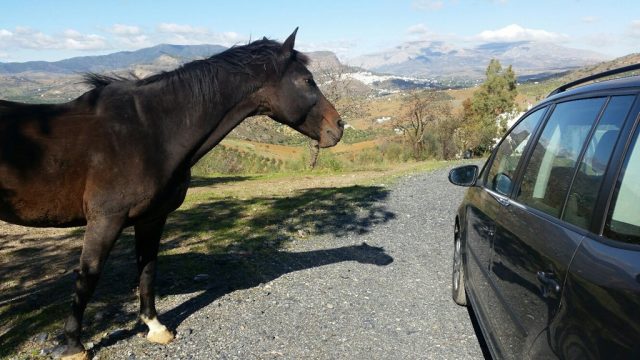
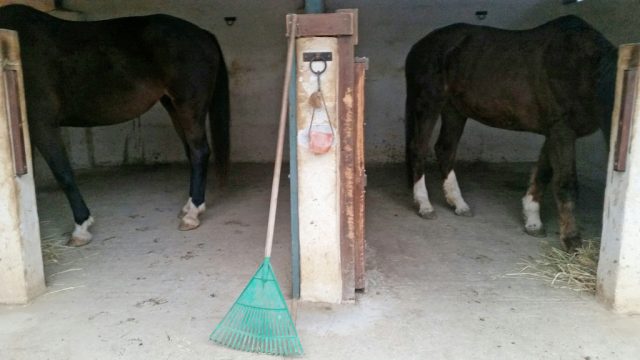
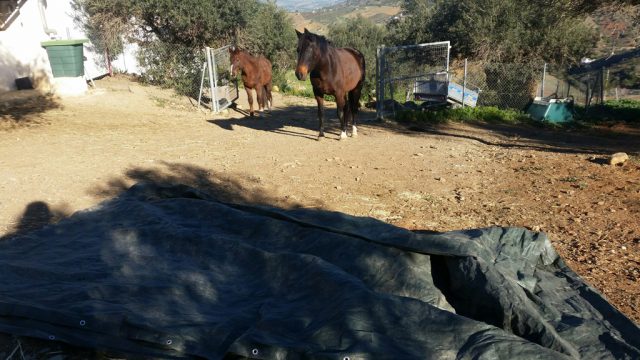
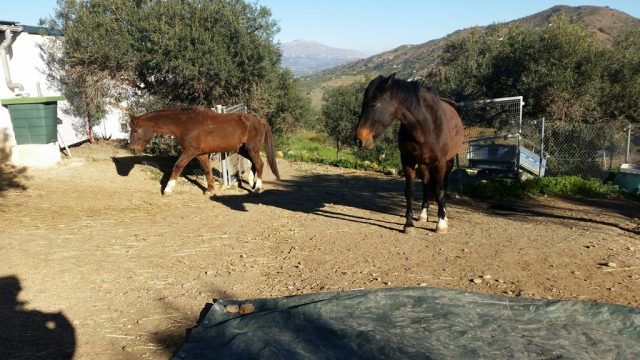
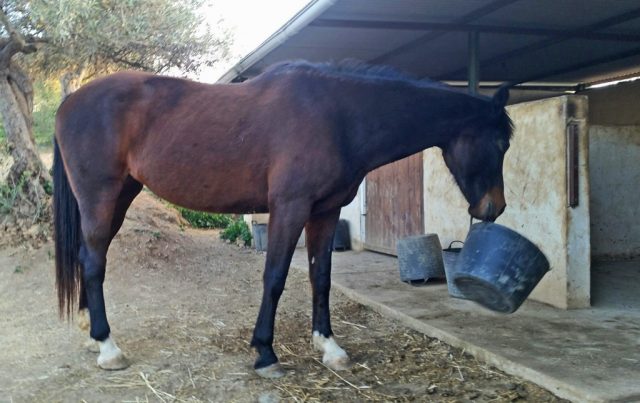
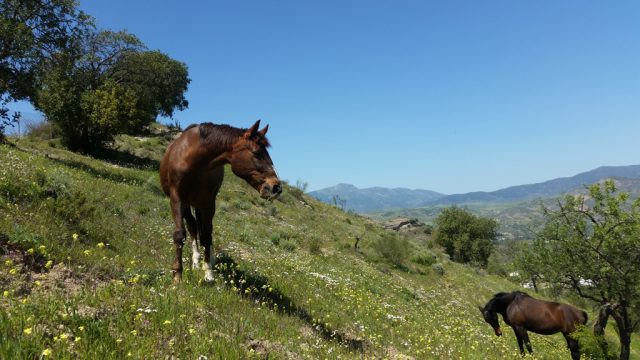
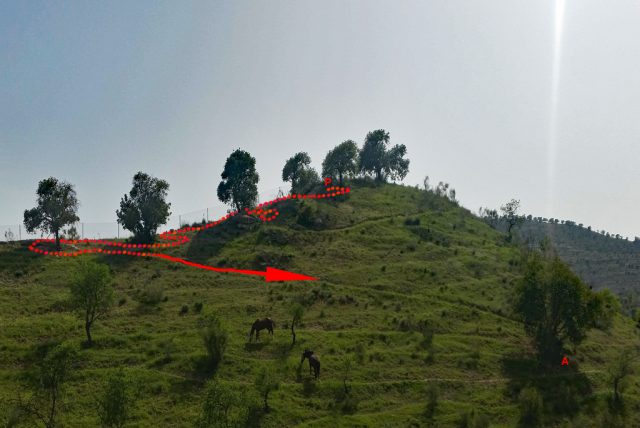



Ahhh …… lovely stories. Thankyou . . . . I really enjoyed reading these short tales. Horses are just divine . . . <3
Andrew:
You and your horses are nearly living a mirror image of me with mine. That makes me really love your life with your horses. In my opinion, you have it totally right in your thinking and the interactions with your horses proves.
Is there anything better than allowing your horses to make decisions of their own, to be so connected to them that they see what you are telling them in their minds eye and trust you enough to try what you are asking of them in basically a normal day to day living. No halter, no reins, no running in circles in a round pen. Just live it, experience it and learn from it. Wonderful article. Keep on sharing these experiences. I totally relate and could almost match you on a few. The fact that we can speak to them and ask them to do something, like move over and they do or they do it because you simply thought it, happens here all the time. The tarpaulin experience is very much the same experience I had with my Arab mare. When I talk to my horses or in front of my horses to a human, they offer their opinions by blowing air out their noses. Quite sarcastic in their opinions sometimes. ha ha If I call them from afar, at least one replies to me and then they usually show up. If they want something and I’m not right there they whinny to call me to them. Who needs formal training. Just spend the time with them. It’s that simple.
I am with you on that subject. Jocelyn expressed it very well.
Anne-Marie
My herds respond in similar ways and I’ve put it down to the trusting connection I have with them – most for all of their lives and they range from 10-25 yrs old.
I think horses are experts at reading us and respond well when we have good intentions.
If only we could read them as well as they do us – I’m working on that!